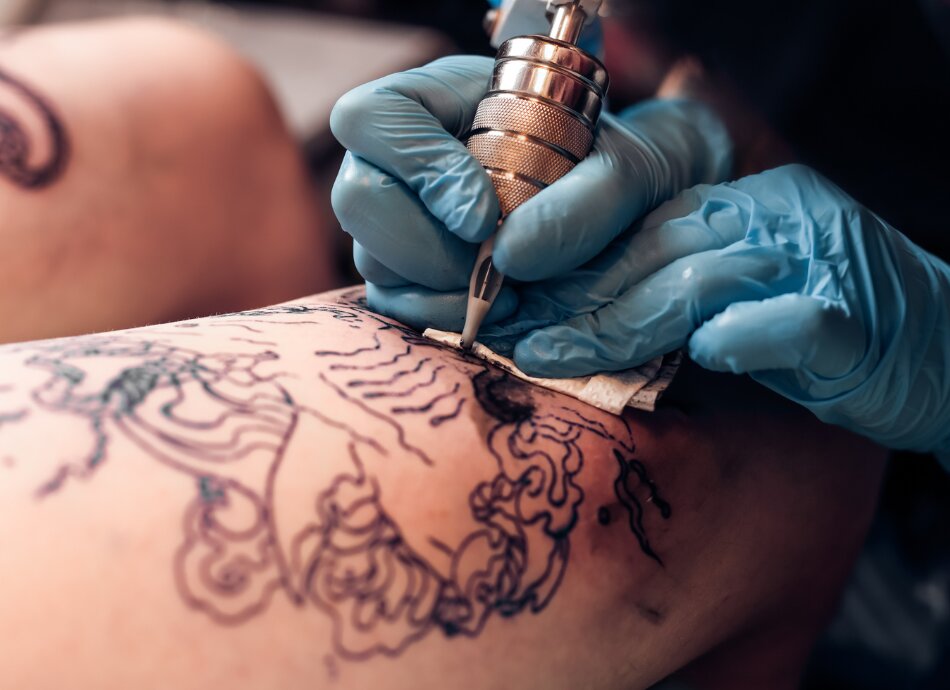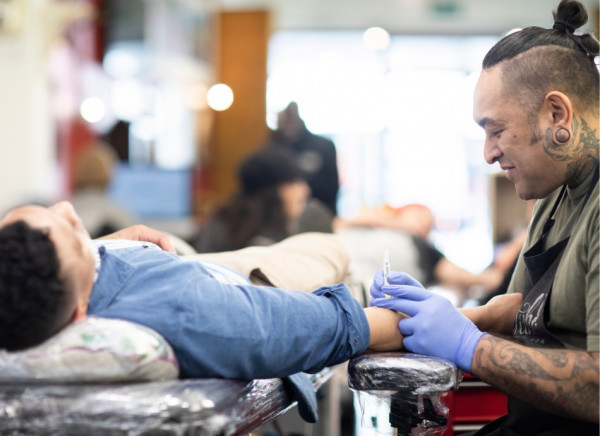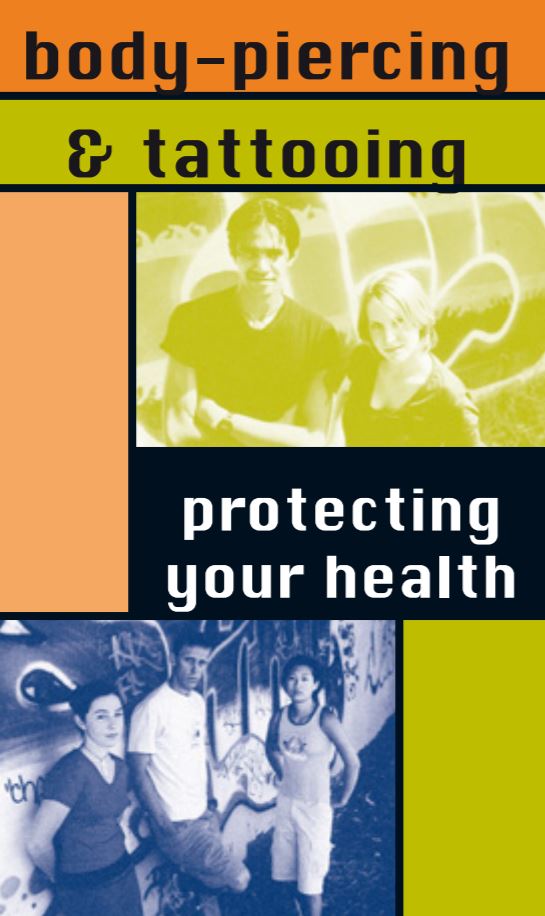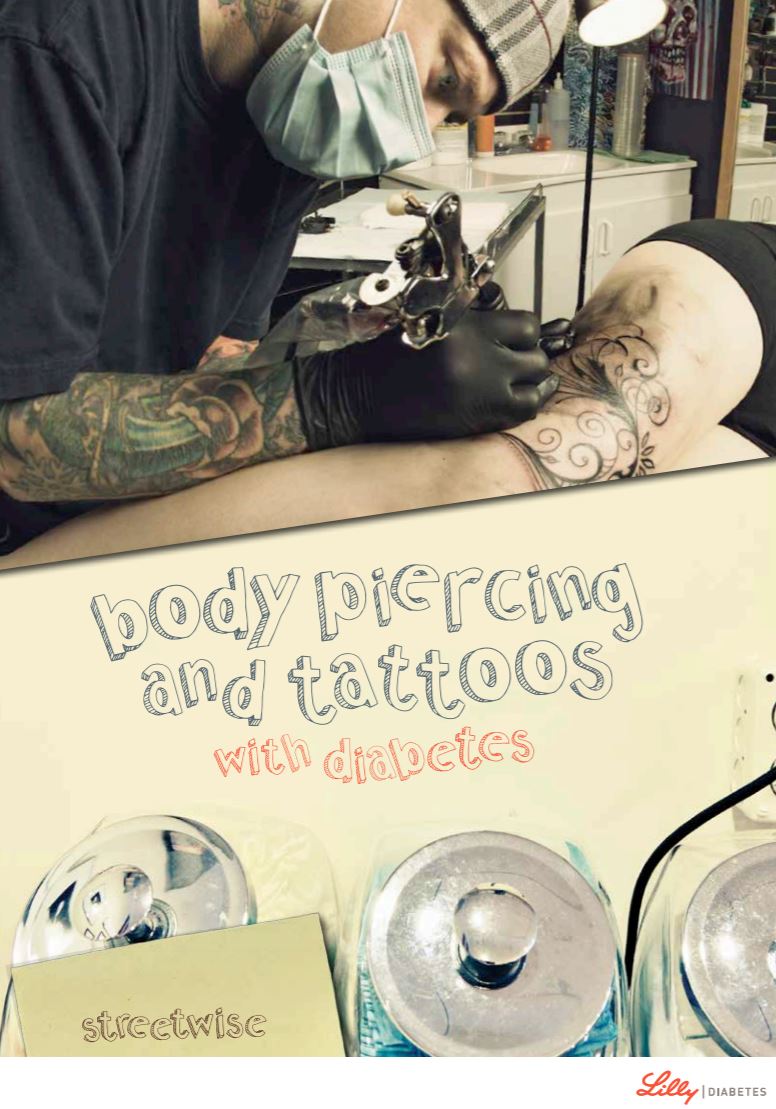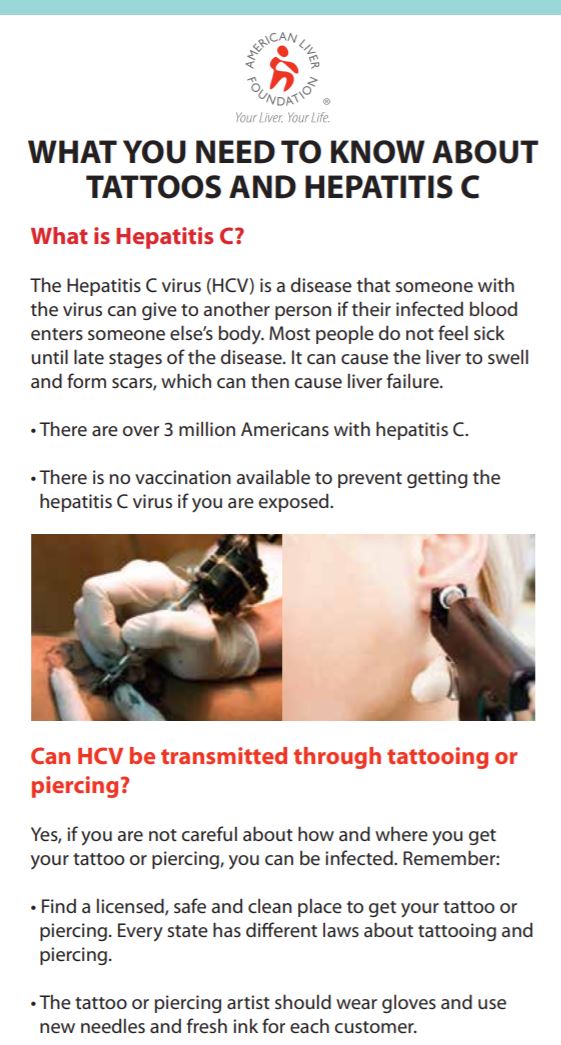If you’re worried about your piercing or tattoo, get advice from the person who did it, or see your healthcare provider.
Skin infection
Any tattoo means that the surface of your skin has been broken (like having a small operation) and the broken skin needs to heal. After getting a tattoo, it’s normal to see some redness and swelling. Your skin will feel sore, and you may see clear fluid oozing from your new tattoo. As your skin heals, it can itch and flake. Scabs may form. All of this can be part of the normal healing process.
Signs of an infection
An infection can happen immediately after getting inked, or days or months later. If an infection develops, your skin reacts a bit differently. You may notice one or more of the following:
- redness becomes darker or spreads instead of getting fainter and smaller
- pain continues or worsens instead of getting better
- a rash of itchy, red and painful bumps within the tattoo
- fever (high temperature), chills and shivering
- pus in the tattoo
- open sore(s) in the tattoo.
If you have any signs or symptoms of an infection, see your healthcare provider immediately. The sooner treatment is started, the less damage and infection can do – to your health and your tattoo.
Read more about skin infections.
Allergic reactions
Some people may get allergic reactions to the inks or stains, causing rashes and swelling. You can develop an allergic reaction at any time. It can happen immediately or weeks or years later.
- Red tattoo pigments cause the most reactions, particularly those made from mercury sulfide (cinnabar). Hypersensitivity reactions to pigments used to make black, blue, purple and green tattoos are much less common.
- Allergic reactions can also occur with henna tattoos. Henna itself should be safe, but the dye is often mixed with paraphenylenediamine (PPD), a chemical substance that is well known for causing allergic reactions in people sensitive to it. In this case, the dye is black in colour, so it's called black henna.
- Some reactions may only happen when the tattoo is exposed to sunlight. This is most common with yellow tattoos created from cadmium sulfide but can also occur in red tattoos, because trace amounts of cadmium are added to brighten red tattoo pigment.
Read more about dermatitis.
Hepatitis
Hepatitis is a viral infection that causes inflammation of your liver. The hepatitis B and C viruses are carried in blood and can only be passed to someone through blood-to-blood contact. This happens when the blood of an infected person enters the bloodstream of an uninfected person. The most common way this occurs is through sharing needles. If you are not careful about how and where you get your tattoo, you can become infected.
Read more about hepatitis B and hepatitis C.
MRI burn
Although it's rare, a few people have developed a burn on tattooed skin during an MRI scan. These are mostly mild, but a few serious burns have been reported. If you have a tattoo or permanent makeup, you can still get an MRI. Tell the technician who is giving you the MRI that you have tattooed skin or permanent make-up and ask them to stop the MRI if you feel burning or stinging in that area. Read more about an MRI scan.
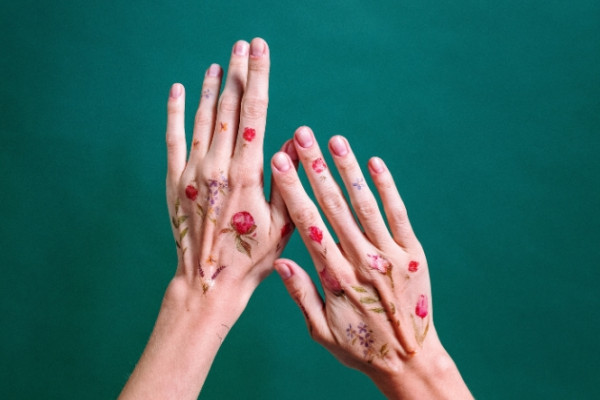 Image credit: Canva
Image credit: Canva

